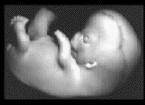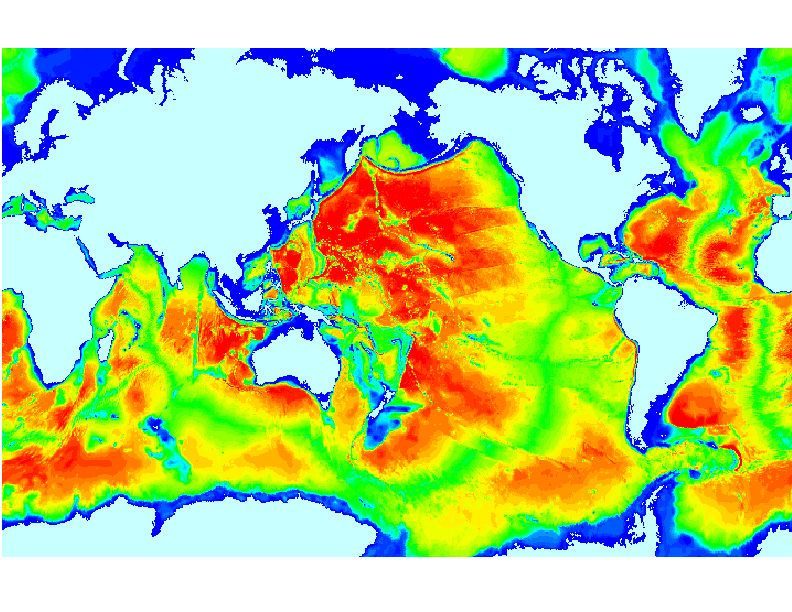makris/���������������������������������������������������������������������������������������������0040755�0130611�0000144�00000000000�06661567674�011260� 5����������������������������������������������������������������������������������������������������ustar �gfox����������������������������users������������������������������������������������������������������������������������������������������������������������������������������������������������������������������������������������������������������makris/makris.html����������������������������������������������������������������������������������0100755�0130611�0000144�00000025537�06661567674�013450� 0����������������������������������������������������������������������������������������������������ustar �gfox����������������������������users������������������������������������������������������������������������������������������������������������������������������������������������������������������������������������������������������������������
Nicholas C. Makris: Acoustics Group
Biography
Nick Makris received both his Ph.D. in Ocean Engineering (1990) and S. B. in Physics (1983) from MIT.
He served as a Research Physicist in the Advanced Acoustic Concepts Section of the Naval Research Laboratory, Washington, DC, from January 1991 until August 1997 when he joined the faculty of the Acoustics Group at MIT.
Nick's research and published work have resulted in the following awards:
- Secretary of the Navy/Chief of Naval Operations Scholar of Oceanographic Sciences (1998-2002).
- Fellow of the Acoustical Society of America (7/97), "For contributions to theoretical ocean acoutics."
- A. B. Wood Medal, 1995, Institute of Acoustics, UK, for "outstanding contributions to the field of underwater sound."
- ONR Young Investigator Award, ONR 50th Anniversary Symposium, National Academy of Sciences (5/96).
- Alan Berman Outstanding Publication Award of the Naval Research Laboratory, 1996.
- Navy Special Act Award (2/94) for experimental and theoretical contributions to the ONR Special Research Program on Ocean-Basin Reverberation, including the design of the Main Acoustics Experiment and development of new methods for ambiguity resolution in towed-array measurements.
Nick is an avid sailor. He served two terms as Commodore of the MIT Nautical Association, worked for many years at the MIT Sailing Pavilion teaching and performing rescues, and received the Nautical Association Service Award for his contributions.
Research Interests
Acoustical Oceanography: statistical ocean-acoustics, physics-based inversion for oceanographic and geophysical parameters, passive and active detection and estimation, reverberation, ambient noise, matched field processing, acoustic imaging, whale tracking and vocalization analysis, remote sensing, statistical optics, pattern recognition, robot sensing and vision.
Field Experiments
- Chief Scientist: Bistatic Detection of Underwater Objects using Directional Surf Noise as a Source of Opportunity, RV Harbor Chief, Offshore US Marine Camp Pendleton, CA, Joint NRL/Scripps Inst. Ocean. (6/95)
- Designed, Selected Sites, Directed: Corridor Experiments comprising roughly 90% of the Main Acoustics Experiment of the ONR SRP on Bottom Reverberation, on board both US RV Cory Chouest and NATO RV Alliance, Deep Ocean over Mid-Atlantic Ridge, Multi-Institutional/Multi-National (6-8/93)
- Scientist: Straits of Malta Experiment: Acoustic Target Focalization and Sediment Inversion, NATO RV Alliance, Joint NRL/SACLANT (1-2/92)
- Scientist: Acoustic Reconnaissance Cruise of the ONR SRP on Bottom Reverberation, RV Cory Chouest, Deep Ocean over Mid-Atlantic Ridge, Multi-Institutional (7-8/91)
- Scientist: Test of Simulated Annealing Technique for Time-Domain Source Tracking and Noise Cancellation, US Navy Facility Brawdy, Wales, UK (5-6/91)
- Scientist: P3 Airborne Reconnaissance over North Atlantic, Forres Airbase,
Scotland (5/91)
- Scientist: Underwater Ambient Noise Experiments, Ice Camp on Newfound Lake, NH Joint MIT/NUSC (Winter 87)
Selected Publications
- N. C. Makris, "A spectral approach to 3-D object scattering in layered media applied to scattering from submerged spheres" J. Acoust. Soc. Am. 104, 2105-2113 (1998).
- N. C. Makris, "The effect of saturated transmission scintillation on ocean-acoustic intensity measurements," J. Acoust. Soc. Am. 100, 769-783 (1996).
- N. C. Makris, "Parameter resolution bounds that depend on sample size," J. Acoust. Soc. Am. 99, 2851-2861 (1996).
- N. C. Makris, "A foundation for logarithmic measures of fluctuating intensity in pattern recognition," Optics Letters 20, 2012-2014 (1995).
- N. C. Makris, L. Avelino, R. Menis, "Deterministic reverberation from ocean ridges," J. Acoust. Soc. Am. 97, 3547-3574 (1995). (Also appears in full in a special
volume commemorating ONR's 50th Anniversary.)
- N. C. Makris, F. Ingenito and W. A. Kuperman, "Detection of a submerged object insonified by surface noise in an ocean waveguide," J. Acoust. Soc. Am. 96, 1703-1724 (1994).
- M. D. Collins, N. C. Makris and L. T. Fialkowski, "Noise-cancellation and source localization," J. Acoust. Soc. Am. 96, 1773-1776 (1994).
- N. C. Makris and J. M. Berkson, "Long-range backscatter from the Mid-Atlantic Ridge," J. Acoust. Soc. Am. 95, 1865-1881 (1994).
- N. C. Makris, "Imaging ocean-basin reverberation via inversion," J. Acoust. Soc. Am. 94, 983-993 (1993).
- M. D. Collins, J. M. Berkson, W. A. Kuperman, N. C. Makris, and J. S. Perkins,
"Applications of optimal time-domain beamforming," J. Acoust. Soc. Am. 93, 1851-1865 (1993).
- N. C. Makris and I. Dyer, "Environmental correlates of arctic ice edge noise," J. Acoust. Soc. Am. 90, 3288-3298 (1990).
- N. C. Makris and I. Dyer, "Environmental correlates of pack ice noise," J. Acoust. Soc. Am. 79, 1434-1440 (1986).
Teaching
Acoustic Sensing
Robot Sensing, Medical Imaging, Seismic and Undersea Exploration
|

|

|
|
3D ultrasonic image of human fetus |
Acoustic image of world seafloor depth |
13.810 Acoustic Sensing
Prereq: 13.015 or 2.003 or 6.003 or 8.03
U (Fall)
3-0-9
The role of acoustics in remote sensing, imaging, navigation and communication. Acoustic sensing as an inverse and imaging problem: bearing and range estimation by beamforming and matched filtering, sensor-array processing, object localization. Analysis of mammal and manmade sonar. Diffraction, bandwidth, ambient noise and reverberation limitations. The wave equation and propagation modeling. Spreading loss, attenuation, refraction and raytracing. Scattering by objects and boundaries. Reflection and transmission. The sonar equation. Application to robot sensing, medical imaging, seismic and undersea exploration.
Time and Place:
Tuesday, Thursday 11-12:30; Room 4-159
13.A15
On a clear day in an unconfined area, all we have to do is open our
eyes and we can see our environment for many miles around us. This is
not the case underwater, where light rays become severely attenuated
after penetrating to only shallow depths. Sound waves, however, can
propagate useful information over hundreds of miles beneath the ocean
surface. This capacity of the ocean as a sonic information channel
has been exploited by scientists for decades and by fish and marine
mammals for millenia. As a matter of practicality, sound underwater
is used in much the same way as light is used in the atmosphere.
This seminar will provide a broad introduction to the physics and
applications of acoustics in the ocean through readings,
demonstrations, hands on lab-work and discussions with invited
speakers. Seminar participants will be asked to prepare an oral
presentation on one of the following topics: the discovery of the
Titanic, the mystery of the humpback whale song, the search for new
life forms in deep ocean thermal vents and on a moon of Jupiter,
monitoring global warming with a trans-oceanic acoustic thermometry
network, charting ocean currents and structure with tomography, the
trouble with "Acoustic Daylight," remotely imaging the Mid-Atlantic
Ridge, tracking whales, monitoring underwater earthquakes, the search
for the Loch Ness monster, time-reversal experiments off Montecristo,
the song of the polar ice cap, the challenge of wireless communication
underwater, Australian fish choruses, distant shipping and underwater
noise pollution, and how shadow zones and convergence zones affect the
"Hunt for Red October."


![]()

